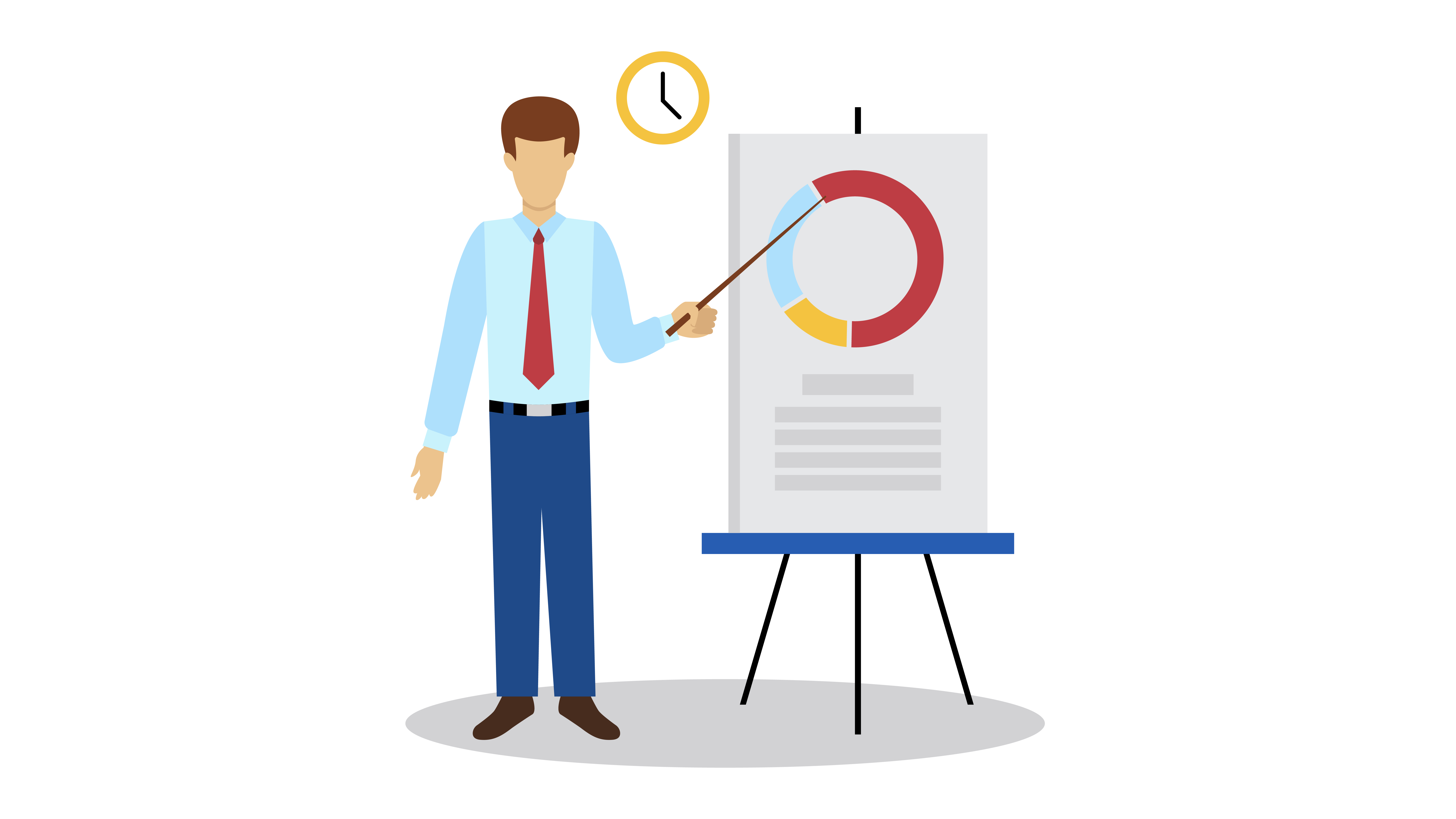All Categories
Featured
Modern businesses require a central location for customer data platforms (CDPs). It is a crucial tool. These applications offer the most accurate and complete understanding of the customers, that can be utilized for specific marketing as well as personalized customer experiences. CDPs offer many features that can be used to improve data management, data quality and formatting data. This ensures that customers are compliant with how they're stored, used, and accessed. A CDP allows companies to engage customers and puts them at the center of their marketing campaigns. It is also possible to pull data from other APIs. This article will look at the different aspects of CDPs and the ways they can assist businesses.
what is a cdp
Understanding CDPs: A client data platform (CDP) is a piece of software that allows businesses to collect data, store and manage customer information in one central place. This gives you a better and more complete picture of your customer . It also helps you target your marketing and personalize customer experiences.
-
Data Governance: A CDP's capacity to secure and control the data being integrated is among its primary features. This can include division, profiling and cleansing on the data coming in. This ensures that the organization is in compliance with the regulations on data and guidelines.
-
Data Quality: A crucial aspect of CDPs is ensuring that the data that is taken is of top quality. This means ensuring that the data is accurately entered and meets desired quality requirements. This helps reduce the requirement for storage, transformation and cleaning.
-
Data formatting The CDP can also be used to make sure that data adheres to a specific format. This allows data types such as dates to be aligned to customer data, and also ensures the same and consistent data entry. customer data management platform
-
Data Segmentation Data Segmentation CDP also allows for the segmentation of customer information in order to better understand the different types of customers. This allows testing different groups against each other and obtaining the appropriate sampling and distribution.
-
Compliance: The CDP lets companies manage customer data in a way that is compliant. It allows you to specify security policies and classify data based on these policies. You may also be able to detect any violations of the policy when making decisions about marketing.
-
Platform Choice: There are a variety of types of CDPs and it is crucial to comprehend your requirements so that you can select the appropriate platform. It is important to consider features such as privacy of data and the capability to access data from other APIs. customer data platforms
-
Putting the Customer at the Center The Customer at the Center CDP allows the integration of real-time, raw customer data, offering the speed, accuracy, and unity that every marketing department needs to streamline their operations and connect with their customers.
-
Chat, billing and more Chat, Billing and more CDP makes it easy to identify the context that is needed for excellent discussions, regardless of whether you are looking at billing or previous chats.
-
CMOs and Big Data CMOs and Big Data: According to the CMO Council 61 percent of CMOs think they are under-leveraging big data. A CDP can aid in overcoming this issue by offering an all-encompassing view of the customer and allowing for more effective use of data to promote marketing and customer engagement.
With numerous various kinds of marketing technology out there every one normally with its own three-letter acronym you may question where CDPs come from. Although CDPs are among today's most popular marketing tools, they're not an entirely originality. Rather, they're the most recent action in the evolution of how marketers handle consumer data and customer relationships (Marketing Cdp).

For the majority of marketers, the single biggest value of a CDP is its capability to sector audiences. With the abilities of a CDP, online marketers can see how a single consumer connects with their company's different brands, and determine opportunities for increased personalization and cross-selling. Naturally, there's a lot more to a CDP than division.
Beyond audience division, there are three big reasons that your company might want a CDP: suppression, personalization, and insights. Among the most intriguing things marketers can do with information is determine clients to not target. This is called suppression, and it belongs to providing truly tailored consumer journeys (Customer Data Support Platform). When a customer's combined profile in your CDP includes their marketing and purchase data, you can suppress ads to consumers who have actually already made a purchase.

With a view of every client's marketing interactions linked to ecommerce information, website gos to, and more, everybody across marketing, sales, service, and all your other groups has the chance to understand more about each customer and provide more personalized, relevant engagement. CDPs can assist online marketers attend to the root causes of much of their most significant daily marketing issues (What is Customer Data Platform).
When your information is detached, it's more tough to comprehend your customers and produce meaningful connections with them. As the number of information sources used by marketers continues to increase, it's more vital than ever to have a CDP as a single source of fact to bring everything together.
An engagement CDP uses customer information to power real-time personalization and engagement for consumers on digital platforms, such as websites and mobile apps. Insights CDPs and engagement CDPs make up the majority of the CDP market today. Very few CDPs consist of both of these functions equally. To pick a CDP, your business's stakeholders must consider whether an insights CDP or an engagement CDP would be best for your requirements, and research study the few CDP options that consist of both. Cdp's.
Redpoint GlobalLatest Posts
CDPs and the Importance of Data Governance for CMOs
Compliance and Data Privacy in a CDP
The Role of CDPs in Reducing Additional Expenses for Data Management